I was four years old when King stood on the steps of the Lincoln Memorial in 1963, definitely not old enough to remember, or to understand, anything he said. But I grew up in the former slave state of Missouri and daily saw the reasons for, and the effects of, his speech, both positive and negative. And reviewing this seminal document has left me thinking about how far we’ve come—and how far away we’ve strayed—from Dr. King’s Dream.
Dr. King begins the speech with an allegory of the “promissory note” called the Emancipation Proclamation, a check that he says has yet to be cashed, and has even come back marked “insufficient funds” in some cases, for America’s “citizens of color.” He reiterates that “now is the time” to make this right. However, he cautions, “Let us not seek to satisfy our thirst for freedom by drinking from the cup of bitterness and hatred.”
He then implores us to live and work with Faith and Hope that Justice and Righteousness will prevail, that soon “this nation will rise up, live out the true meaning of its creed: ‘We hold these truths to be self-evident, that all men are created equal.’” And, finally, he delivers his Dream: “I have a dream that my four little children will one day live in a nation where they will not be judged by the color of their skin but by the content of their character.” This Dream involves Faith and Hope and a transformation of “the jangling discords of our nation into a beautiful symphony of brotherhood.”
So, I will not drink “from the cup of bitterness and hatred.” I will practice Faith, Hope, and Charity. I will learn to look my neighbor in the eye, speak and act positively, and live my life “on the high plane of dignity and discipline.” I will not use physical force or mental force to make my opinion known, but “soul force.” I will allow others to make mistakes and learn life’s lessons without accusation or ridicule. I will show love and respect. I will play my part in the “beautiful symphony of brotherhood” and encourage others to do the same.
Building my own Character, I will be Free at Last.
Read Martin Luther King’s speech here: https://www.archives.gov/files/press/exhibits/dream-speech.pdf
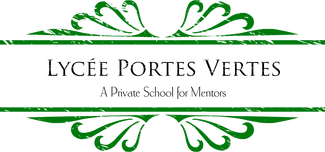
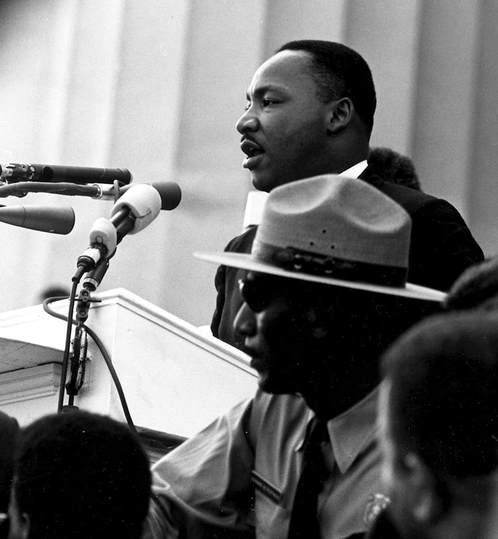
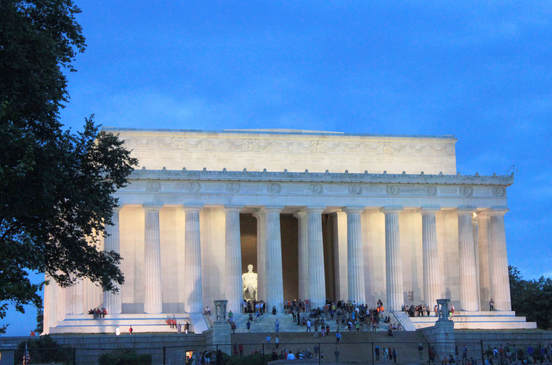
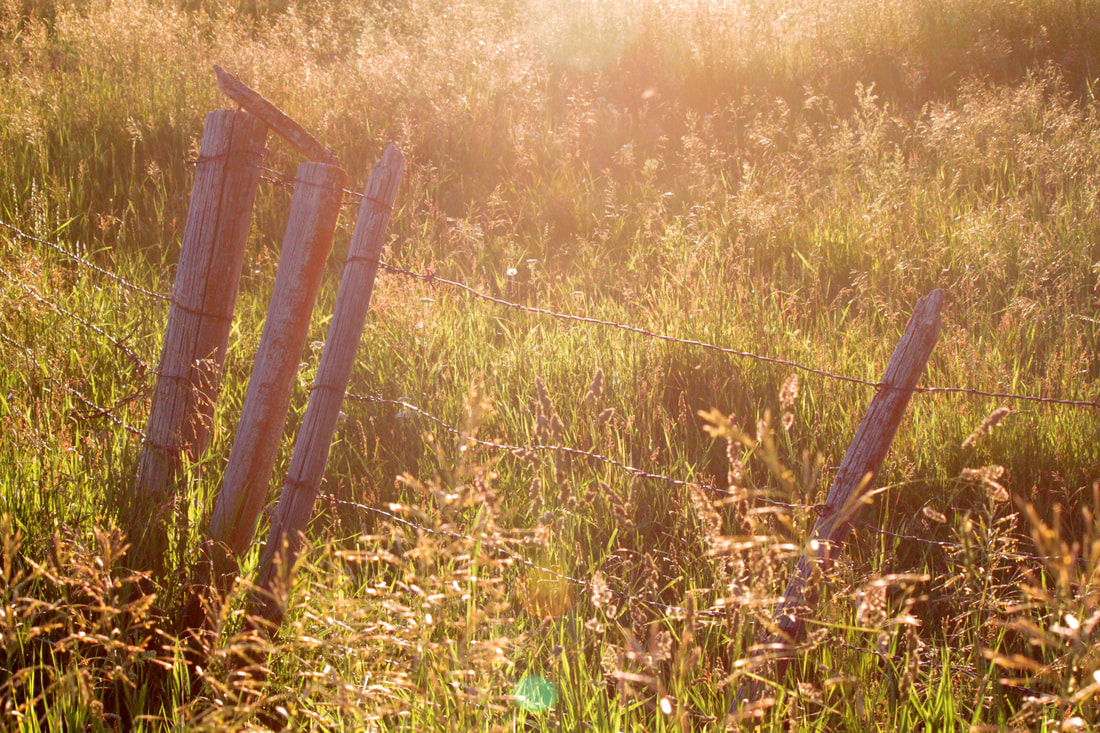
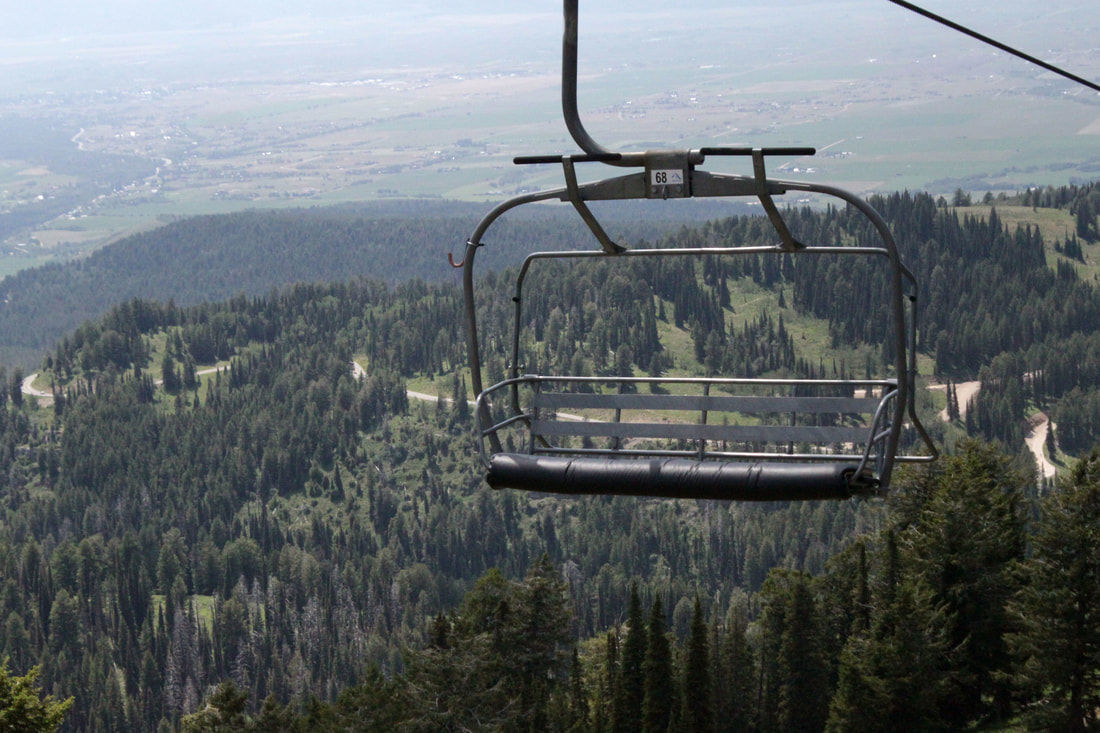
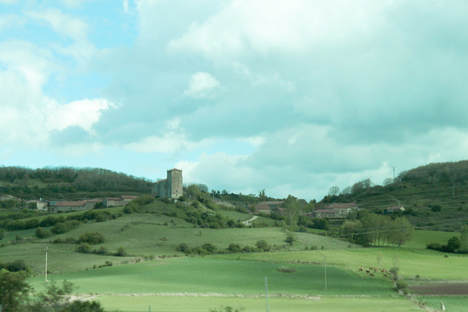
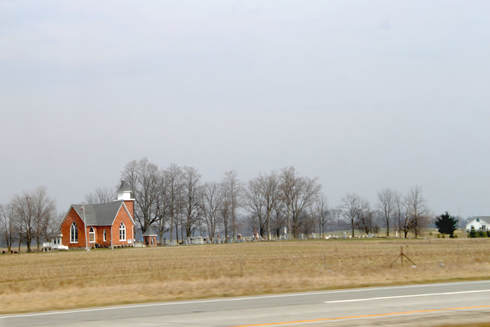

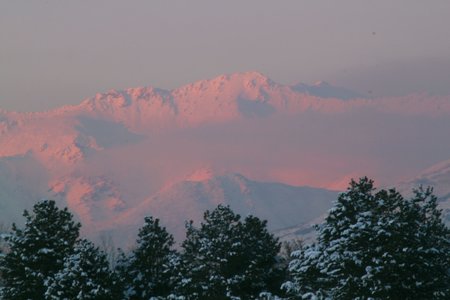
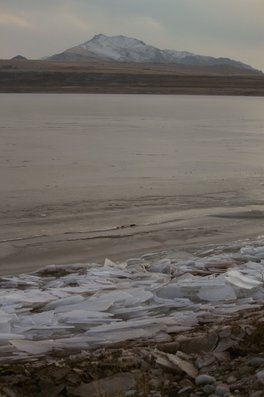
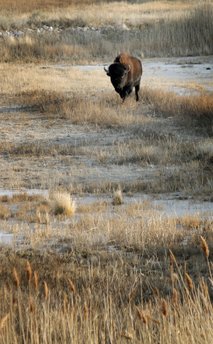
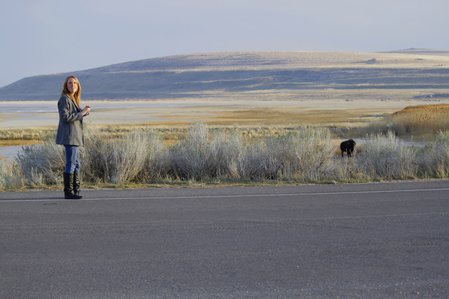
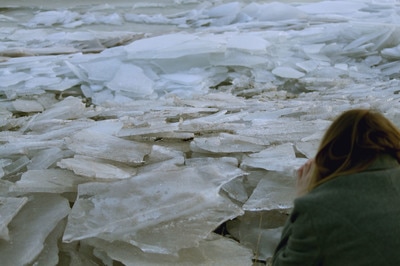
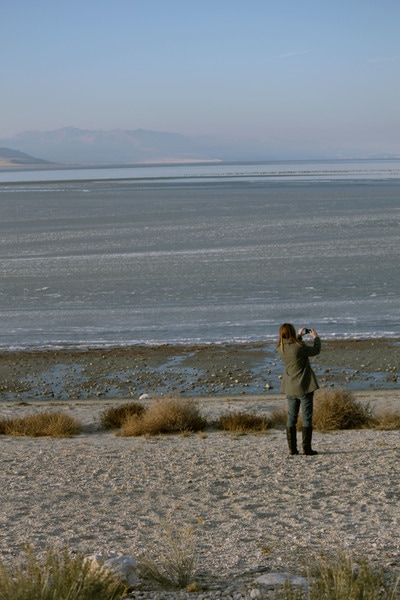
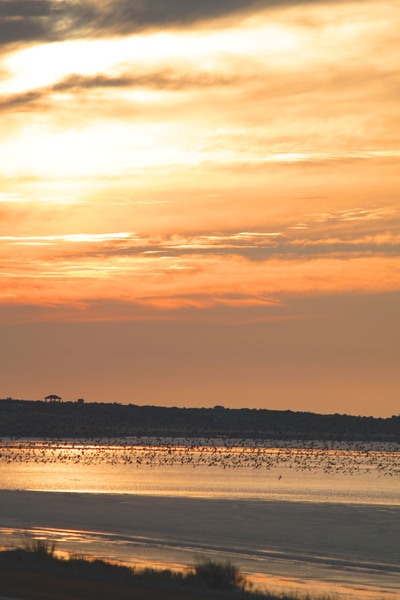
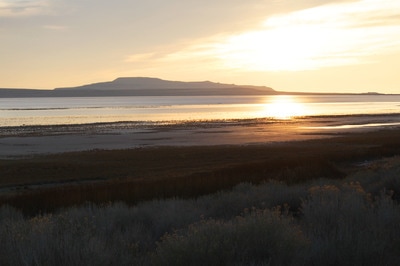
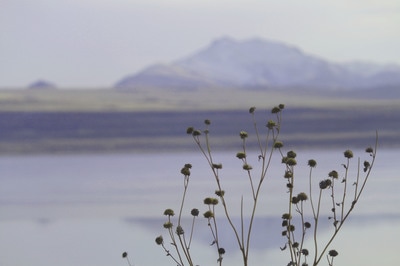
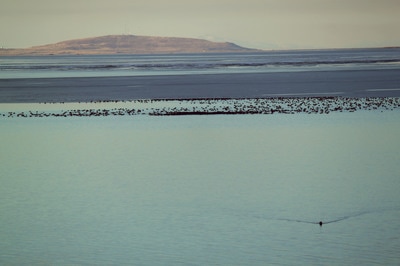
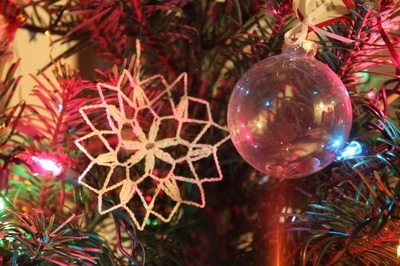
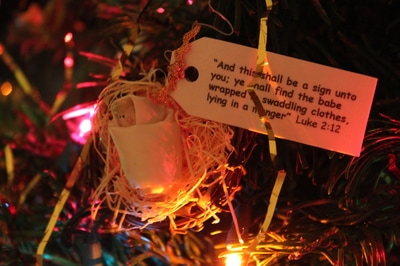
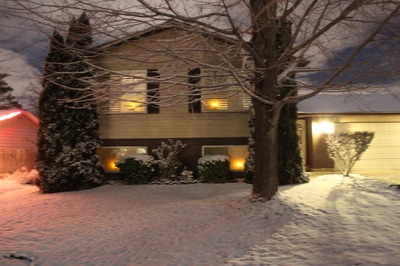
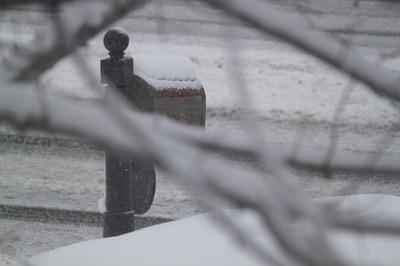
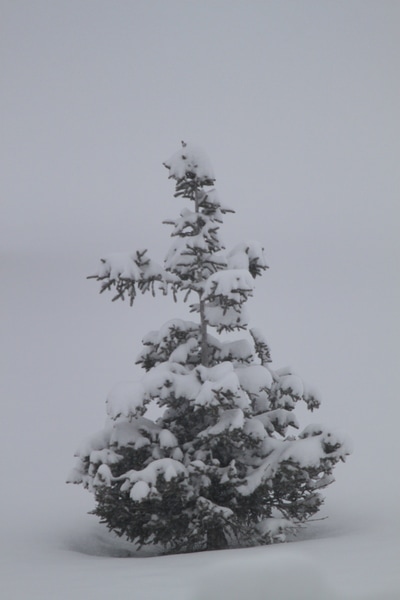
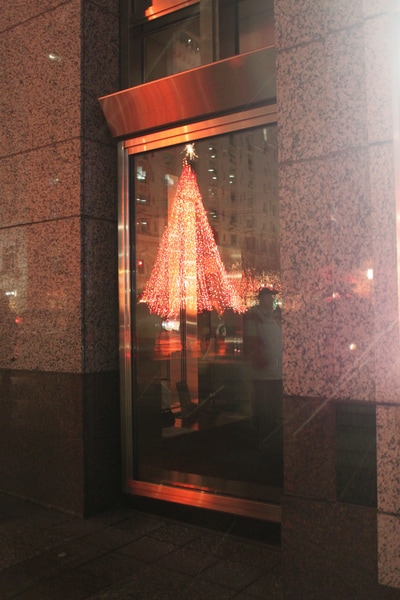
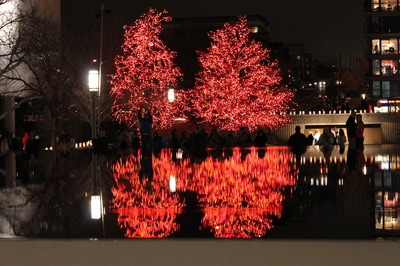
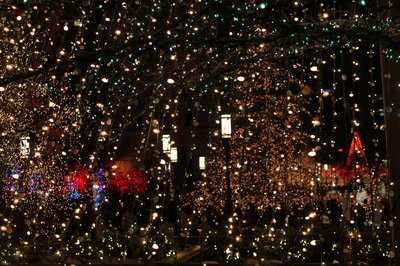
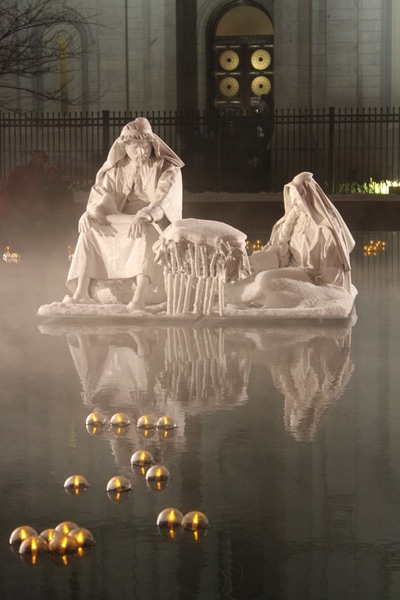
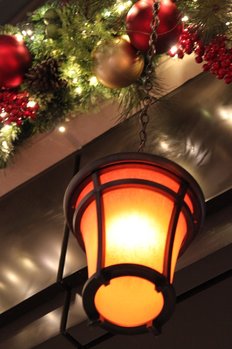
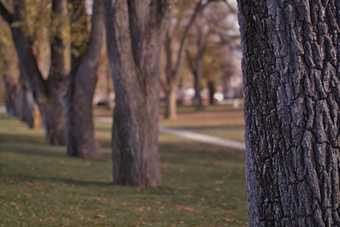


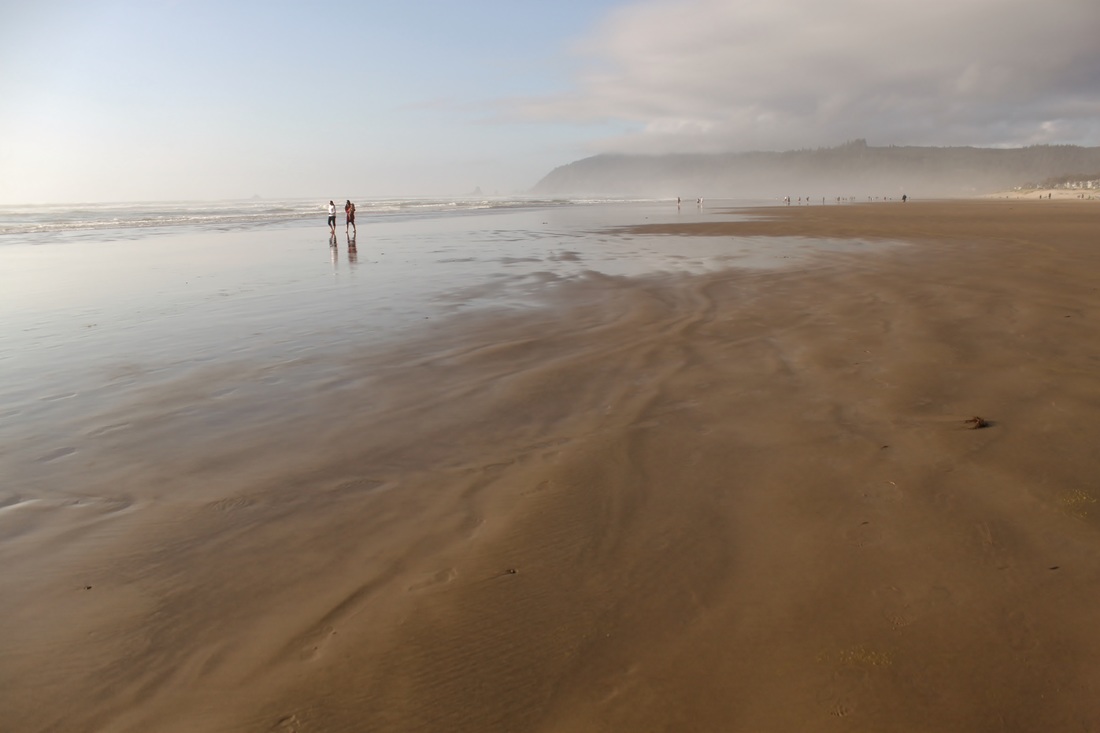
 RSS Feed
RSS Feed
